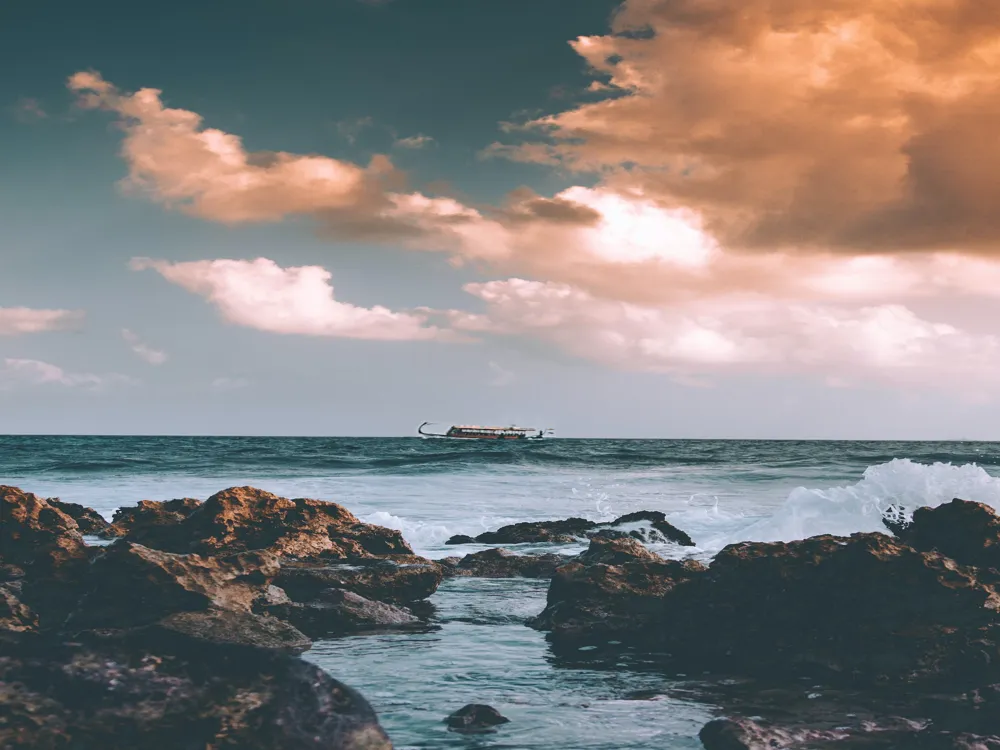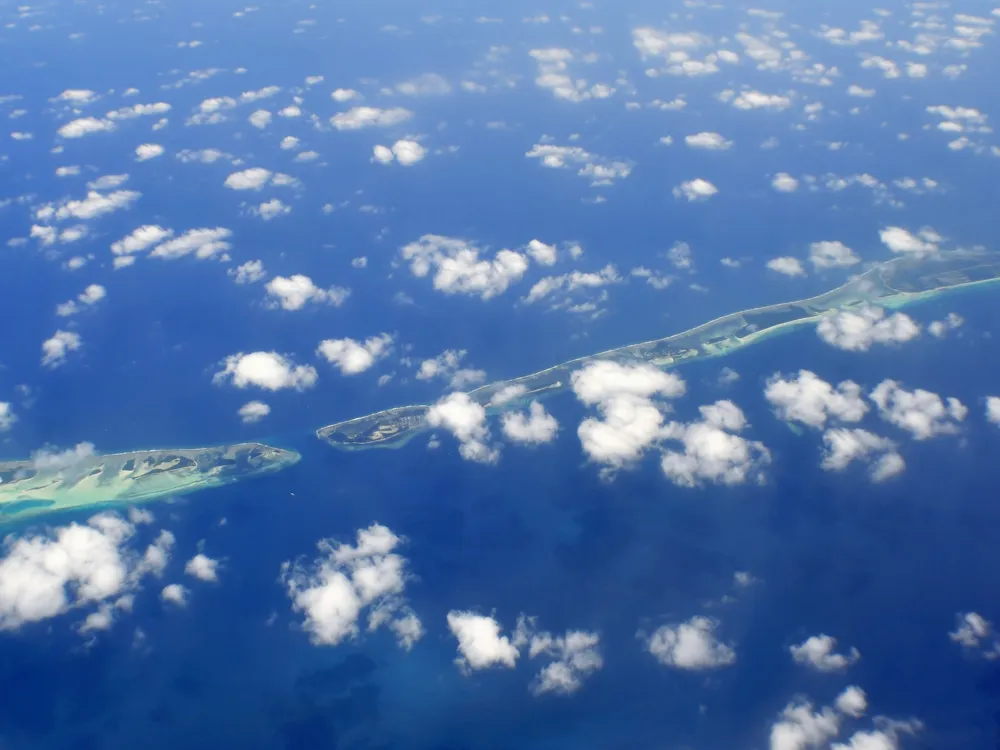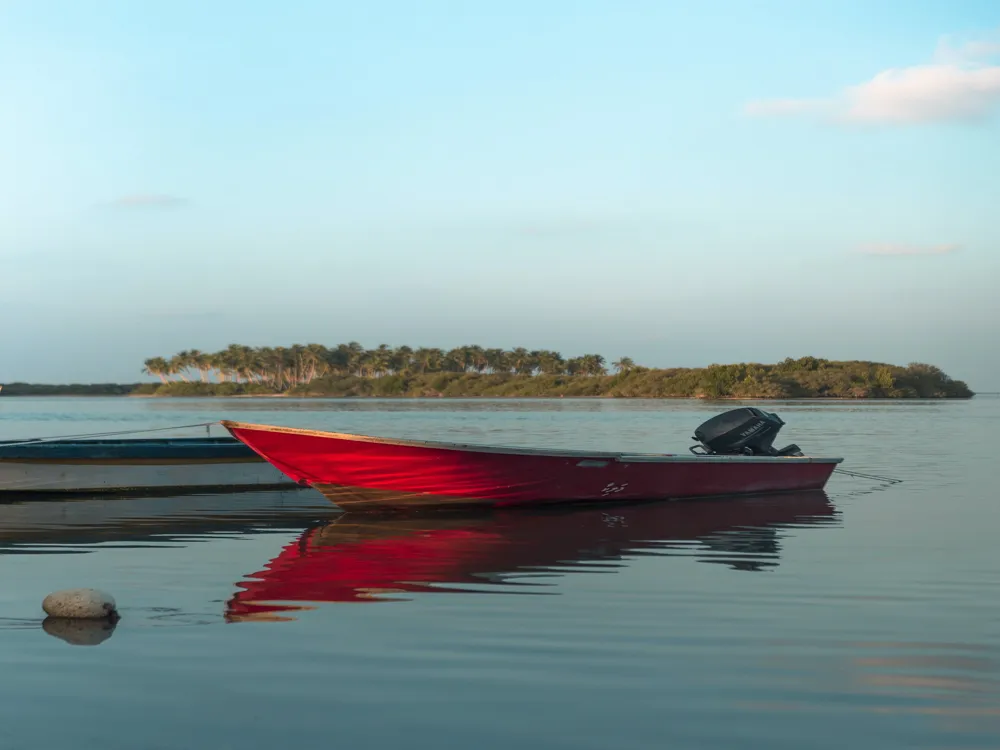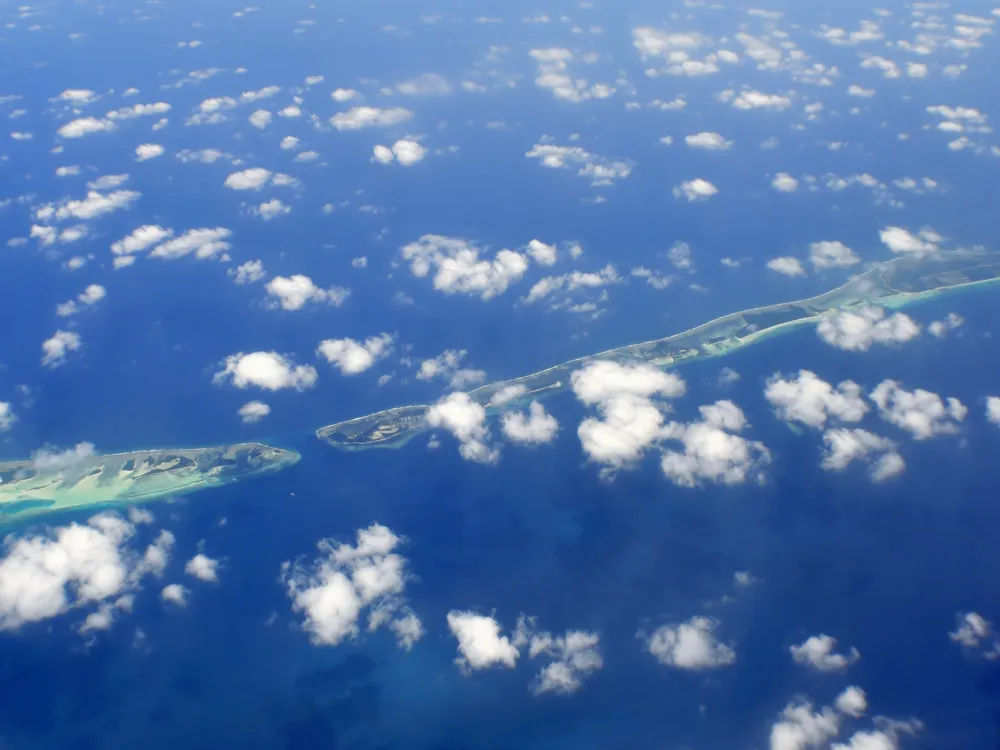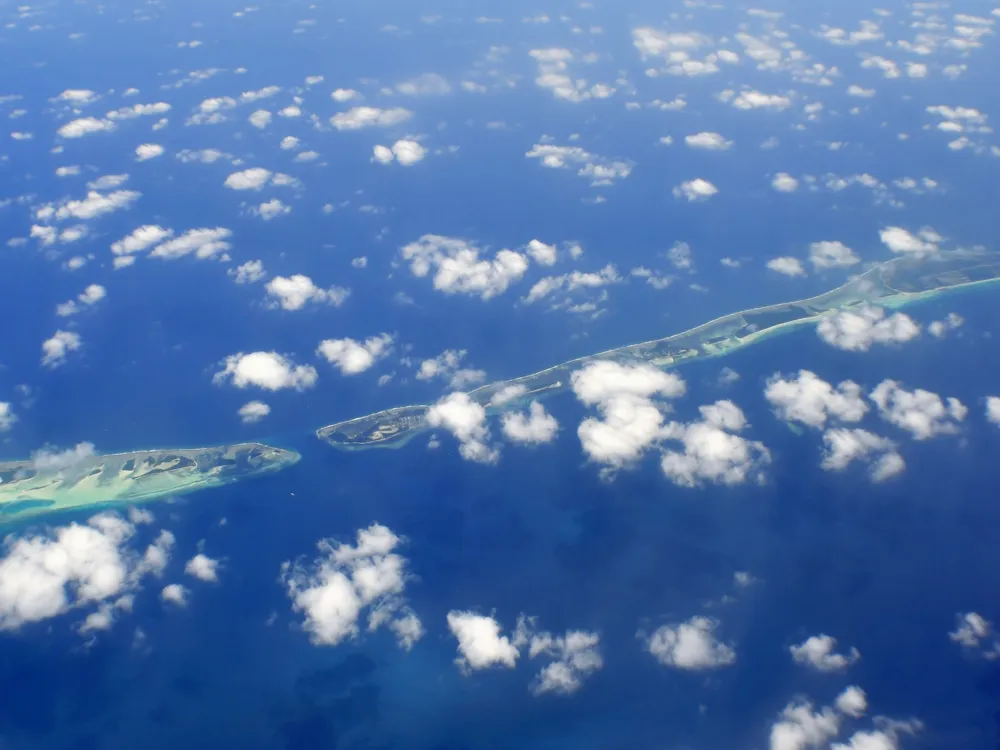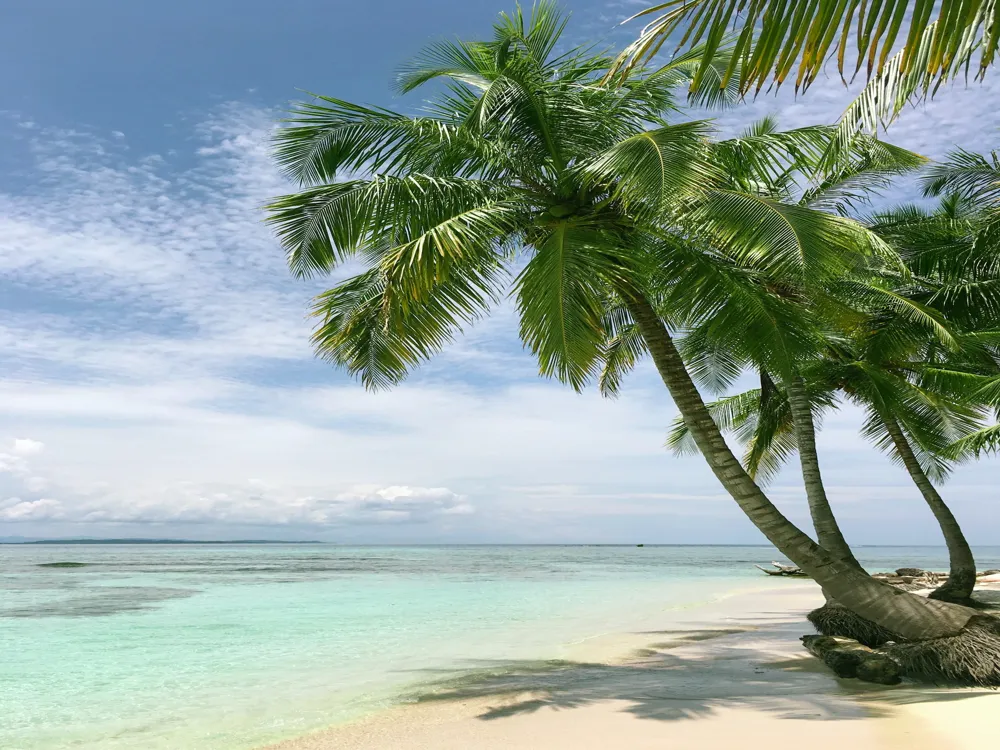The Maldives, a tropical paradise known for its stunning beaches and clear waters, is also home to one of nature's most magical phenomena: bioluminescent beaches. These beaches light up at night with a surreal, starry glow, thanks to the presence of bioluminescent plankton. This natural light show, predominantly seen in the Vaadhoo Island in the Raa Atoll, creates an otherworldly experience for visitors. The phenomenon occurs when microorganisms in the water, known as dinoflagellates, are disturbed by oxygen or movement and emit a mesmerizing blue glow. This light production is a form of chemiluminescence and is primarily a defense mechanism against predators. Bioluminescence in the Maldives is not just a beautiful sight; it's a testament to the delicate balance of marine ecosystems. The plankton thrives in warm coastal waters, especially during the late summer months when the conditions are ideal. The intensity of the glow depends on the concentration of the plankton and the conditions of the water. This ethereal display is not only a tourist attraction but also an indicator of the health of the marine environment. As visitors marvel at this spectacular sight, it's a reminder of the wonders of nature and the importance of preserving these fragile ecosystems. The architecture of a bioluminescent beach, like those found in the Maldives, is a fascinating interplay of natural elements. The phenomenon of bioluminescence is primarily observed in the coastal regions where the conditions are just right for the dinoflagellates to thrive. These microorganisms favor warm, shallow waters, often found in lagoons or along the sandy shores of islands like Vaadhoo. The beach's physical structure, including the sand, tides, and surrounding flora and fauna, plays a crucial role in creating the perfect environment for bioluminescence. The sandy beaches of the Maldives are composed of finely ground coral, which creates an ideal surface for the dinoflagellates to accumulate. The tides and waves aid in agitating these organisms, triggering the chemical reaction that produces the blue glow. The surrounding coral reefs also contribute to this ecosystem by providing a habitat for a wide range of marine life, which in turn supports the life cycle of the dinoflagellates. The interconnectedness of these elements forms the unique architecture of a bioluminescent beach, making it a natural wonder and an unforgettable sight. The best time to witness bioluminescence in the Maldives is during the late summer months, particularly from July to February. This period offers the optimal conditions for the plankton to glow. It's important to check the lunar calendar as well, as the phenomenon is most visible on darker nights, with less moonlight interference. While visiting these magical shores, it's crucial to respect the environment. Avoid using harsh chemicals, such as sunscreen or insect repellent, before entering the water. These can harm the delicate plankton. It's also important to minimize disturbance to the beach and its surroundings. Capturing the bioluminescence can be challenging. Use a camera with manual settings, allowing for long exposures. A tripod is essential to avoid blurring, and experimenting with different exposure times can yield the best results. Remember, flash photography is not effective in capturing bioluminescence. Safety should always be a priority. It's advisable to visit the beaches with a guide, especially at night. Be aware of the tide and water conditions, and avoid swimming too far from the shore. Always follow local guidelines and regulations. Reaching the bioluminescent beaches in the Maldives, particularly Vaadhoo Island, involves a journey by air and sea. International visitors typically fly into Malé, the capital of the Maldives. From there, you can take a domestic flight or a speedboat to reach Raa Atoll, where Vaadhoo Island is located. The journey is part of the adventure, offering stunning views of the Maldivian archipelago. Once at the atoll, local transport or guided tours can be arranged to visit the bioluminescent beaches. It's a journey that leads to one of the most extraordinary natural displays on the planet. Read More:Overview of Bioluminescent Beach of Maldives
Architecture of Bioluminescent Beach
Tips When Visiting Bioluminescent Beach
Best Time to Visit
Respecting the Environment
Photography Tips
Safety Measures
How To Reach Bioluminescent Beach
Bioluminescent Beach
Maldives
₹ 34,250 onwards
View maldives Packages
Maldives Travel Packages
View All Packages For Maldives
Top Hotel Collections for Maldives

Private Pool

Luxury Hotels

5-Star Hotels

Pet Friendly
Top Hotels Near Maldives
Other Top Ranking Places In Maldives
View All Places To Visit In maldives
View maldives Packages
Maldives Travel Packages
View All Packages For Maldives
Top Hotel Collections for Maldives

Private Pool

Luxury Hotels

5-Star Hotels

Pet Friendly







